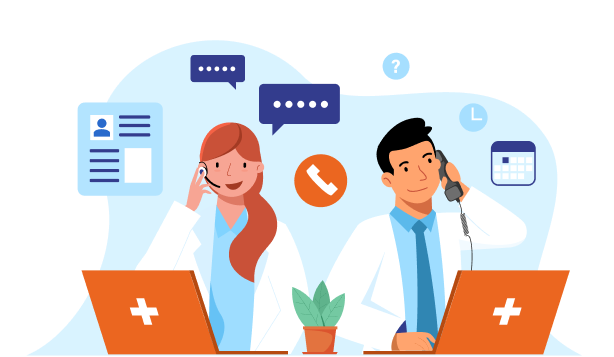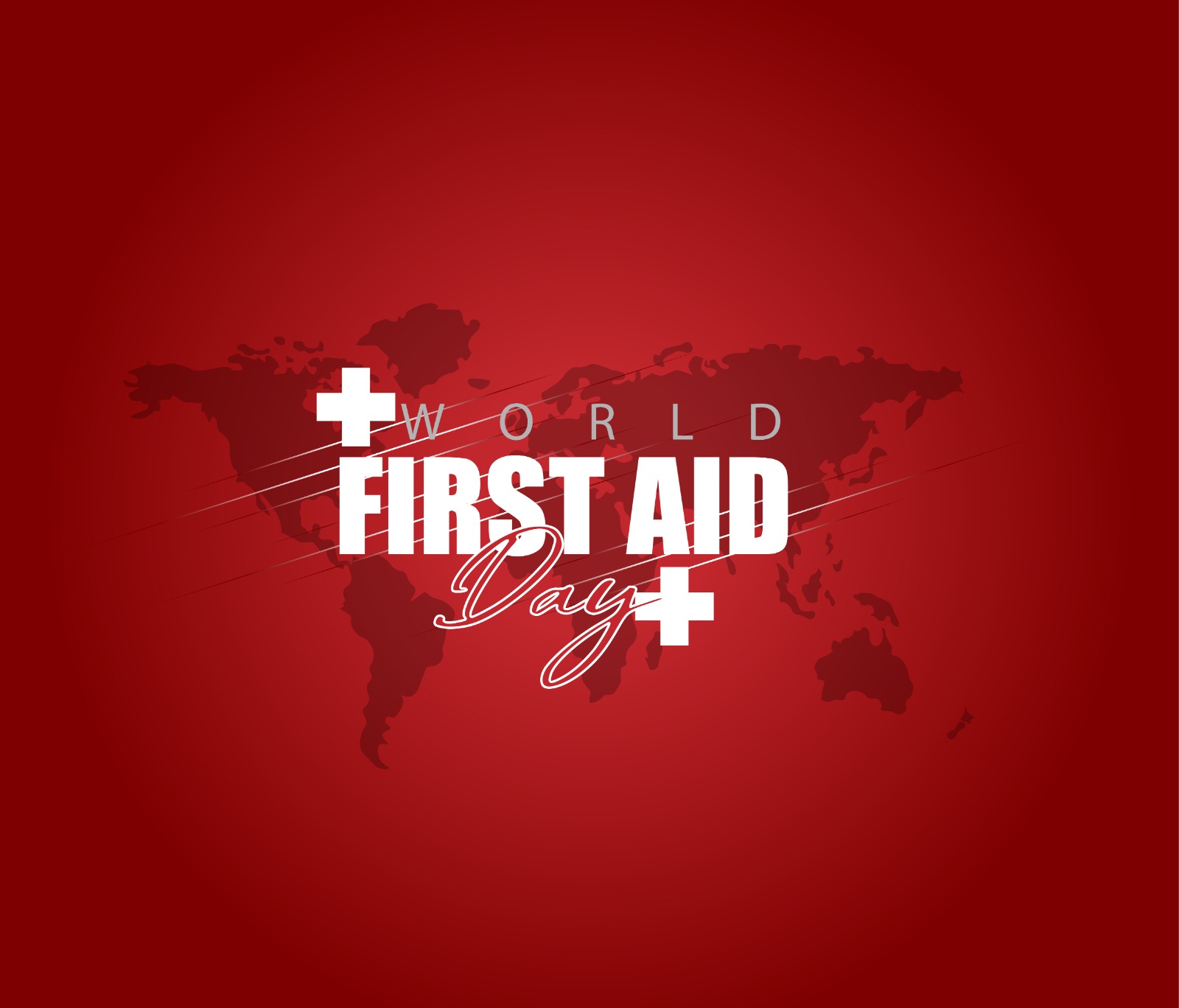How many of us scream or get worried and pass out when an unfortunate accident happens? Most of us actually, and this stems from the fact that we don’t know how to respond to a particular event, especially when it is one where lives are in danger. This is where learning about some first aid essentials can help us- by grounding us, by giving us the strength to pause and assess the situation at hand and then act accordingly. Another aspect you need to understand - you can be a passerby who knows some first aid and still do some good, rather than having to wait around for a doctor to make an appearance. Plus, with first aid you are not expected to know everything. You just need to know what to do at that particular moment, and then wait till the real medical team arrives for further help.
With this exact tagline in mind, World First Aid Day is celebrated, on every second Saturday of the month of September every year, to ensure people know some basics of first aid, and can help in emergency situations. This is because waiting for professional medical help can cost lives.The theme for 2024 is ‘The Usage of Digital Platforms to Teach First-Aid Measures Successfully’.
The Importance Of First Aid In The Digital Age
However much we may all seem immersed in our phones or computers, when a real life incident happens, it is up to us to know how to appropriately respond to it, and NOT just react to it. Simulations and VR training can greatly help people understand though, so don’t throw away your phones just yet. Social media is a great tool - it can be used to shoot short and informative reels on how to be a sensible first responder on a scene.
Top 10 Scenarios Where First Aid Is Your Best Bet
● For cuts and bruises:
Get rid of any foreign material you may notice on the wound, and then wash it well. You can then dress the wound with some gauze, and not cotton as fibres can stick to the wound and cause issues. If the person is bleeding, then applying pressure is super important.
● For heat strokes in the summer:
Remove most layers of clothing that can be restrictive, and then lay them down in a well-ventilated area. You could also use cool compresses to help reduce body temperature. Make sure the person affected drinks plenty of water.
● For burns in the kitchen:
Burns may be minor or severe and how the burn happened is important- chemical, fire, scalding, etc. Use a sterile dressing if blisters are not found, but don’t do anything to pop them either. If it is a burn caused due to an acidic substance, then use an alkaline wash solution to treat it- baking soda in water should do the trick. If a basic compound caused the burn, then use a slightly acidic wash solution like edible vinegar in water, or lemon juice in water. In both cases, wash with copious amounts of water before you use the basic or acidic wash solution.
● For Chest Pain:
Women and men have different symptoms when it comes to chest pain, so learning them in general can help. Men have pain on the left side of their body- left arm, left chest, radiating pains, cold sweats while women may feel dizziness, nausea, some pain in the shoulder or back, etc. If the individual is not allergic to aspirin, then that can really help reduce the probability of them developing a blood clot. CPR will need to be performed if the person is not breathing or has fainted.
● For stroke:
If you see someone not being able to talk properly, or not being able to smile, or one half of their face seems to droop, and/or one part of their body does not respond to simple commands like lifting hands up, then the person may be having a stroke. Rush them to a hospital within the hour, for best results. If they have fainted, then lay them on their side, and just stay calm till medical help arrives.
● For broken bones:
Immobilizing the affected area is the first thing. But if there is a lot of bleeding, then stopping that is the priority, followed by the fracture. Splints can be constructed using many newspapers, or a piece of metal or wood. Splints are a necessity if the bones in the legs are fractured. Whatever the case, make sure you don’t move the person unnecessarily, and always check for pulse and circulation after you have applied the splint and bandages. It should not be so tight that blood supply gets cut off.
● For electrocution:
Move them away from the source of electrocution and lay them down. Wrapping them ina blanket is a good idea. Call for medical help. See about getting rid of the source of errant current while using insulating material like paper, wood or rubber.
● For insect bites or stings:
Removing the sting with forceps is the first thing to do. Then you could clean the wound and apply a dressing or apply some calming lotion. The area may be itchy, so refrain from scratching.
● Choking:
This is very common in infants who have just started solids but can happen in older individuals. The Heimlich maneuver when done right can dislodge the foreign object and provide immediate relief. Holding the child facing downwards, and giving 5 hard thumps between the shoulder blades on the back can help. For older individuals, vomiting may seem a better option but not always.
● Epileptic Seizures:
Lay the person on their side, and wait for the attack to pass. Never give them any metallic object to hold or clasp. It can harm them. You can stay by their side, and wait for them to feel better.
There are obviously a lot of other times where first aid can help, but these are the simplest ones.
Conclusion
The importance of first aid was first recognized immensely in times of war, with respect to tending to wounded soldiers and other personnel. It is also important to remember that first aid is NOT a substitute for full-fledged medical help, but can be used to supplement it. The International Committee of The Red Cross organizes the annual celebrations. To this day, St. John’s Institute Certificates are provided to people who are interested in learning about first aid. Learning how to save lives needs no time or age based restrictions. So, take up a course today!
FAQs
1) When is World First Aid Day celebrated annually?
Usually on the second Saturday of September, the dates can hence vary from one year to the other though the main objective remains the same- teach more people about first aid.
2) What are the principles of first aid?
The basic principles include assessing a situation, ensuring the safety of the individual and to respond in the right manner.
3) How can sprains be treated?
Use the RICE acronym- rest, apply ice and compression, and then elevate the affected limb can really help.
4) What can I learn in a basic first aid course?
Simple concepts like stopping a bleeding wound, CPR, choking, taking care of common injuries like minor burns, cuts or stings- they are all covered.
5) Is it enough if I get a certificate once?
No. People tend to forget the skills learnt because it is not every day we employ them. So first aid certificates are typically valid only for a few years, and then it is a good thing if you take a refresher every couple years or so. In India, The St. John’s Institute has certification programs which can be completed by anyone- children and adults.




